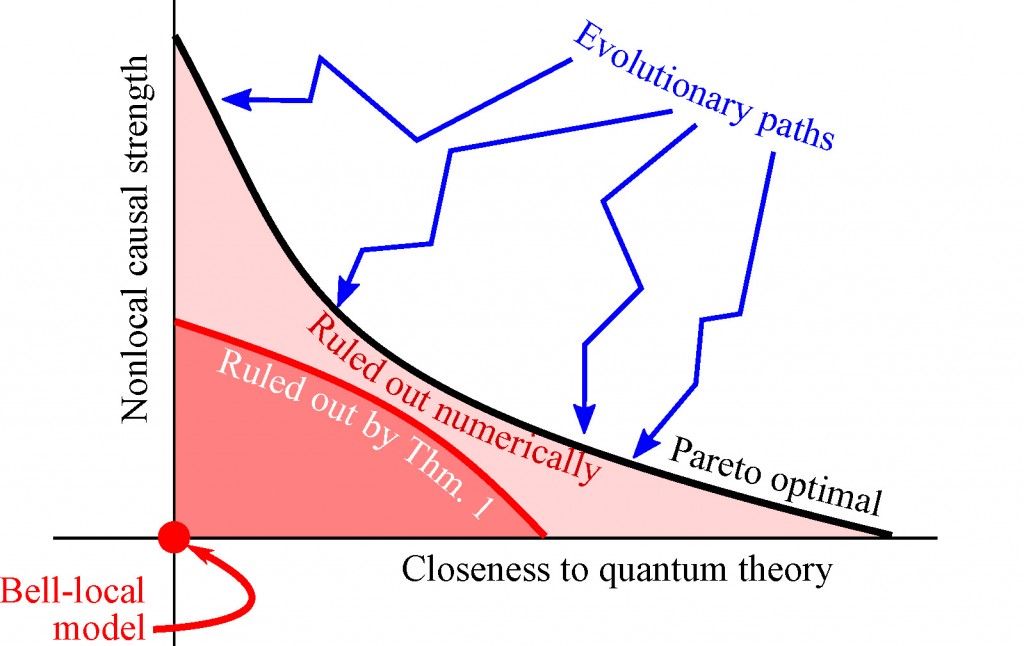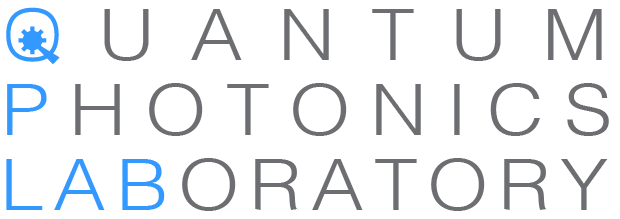
Australian and German researchers have collaborated to develop a genetic algorithm to confirm the rejection of classical notions of causality.
RMIT’s Dr Alberto Peruzzo said: “Bell’s theorem excludes classical concepts of causality and is now a cornerstone of modern physics.
“But despite the fundamental importance of this theorem, only recently was the first ‘loophole-free’ experiment reported which convincingly verified that we must reject classical notions of causality.
“Given the importance of this data, an international collaboration between Australian and German institutions has developed a new method of analysis to robustly quantify such conclusions.”
The team’s approach was to use genetic programming, a powerful machine learning technique, to automatically find the closest classical models for the data.
Together, the team applied machine learning to find the closest classical explanations of experimental data, allowing them to map out many dimensions of the departure from classical that quantum correlations exhibit.
Dr Chris Ferrie, from the University of Technology Sydney, said: “We’ve light-heartedly called the region mapped out by the algorithm the ‘edge of reality,’ referring to the common terminology ‘local realism’ for a model of physics satisfying Einstein’s relativity.
“The algorithm works by building causal models through simulated evolution imitating natural selection – genetic programming.
“The algorithm generates a population of ‘fit’ individual causal models which trade off closeness to quantum theory with the minimisation of causal influences between relativistically disconnected variables.”
The team used photons, single particles of light, to generate the quantum correlations that cannot be explained using classical mechanics.
Quantum photonics has enabled a wide range of new technologies from quantum computation to quantum key distribution.
The photons were prepared in various states possessing quantum entanglement, the phenomenon which fuels many of the advantages in quantum technology. The data collected was then used by the genetic algorithm to find a model that best matches the observed correlations.
These models then quantify the region of models which are ruled out by nature itself.
The team includes theoretical physicists and computer scientists from the ARC Centre for Engineered Quantum Systems (EQuS) at the University of Sydney, the Centre for Quantum Software and Information at the University of Technology Sydney and the Institute for Theoretical Physics at the University of Cologne as well as the experimental group at RMIT’s Quantum Photonics Laboratory.
